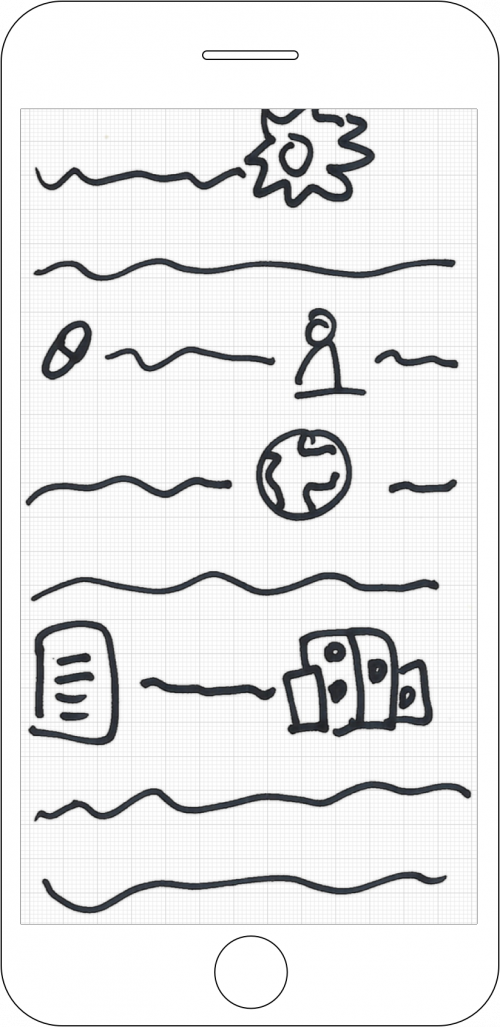How might we...
...gather informed consent from people accounting for varying education and literacy levels?
The way terms are currently explained, and consent gained, in digital products and services may fall short for people with low literacy and education levels. How can apps and services use video, visuals, and progressive disclosure to change that?

Reach52 participated in the TTC Labs Data Innovation Program, which was part of the first season of Startup Station Singapore in partnership with IMDA.
Reach52 are “a social enterprise, sustainably delivering basic healthcare services in underserved communities; filling the gaps where traditional healthcare services don't reach”.
Their services are delivered through a number of offline-first apps. In order to provide their service, Curis — one of Reach52’s community-facing apps — collects personal and medical details from their end users.
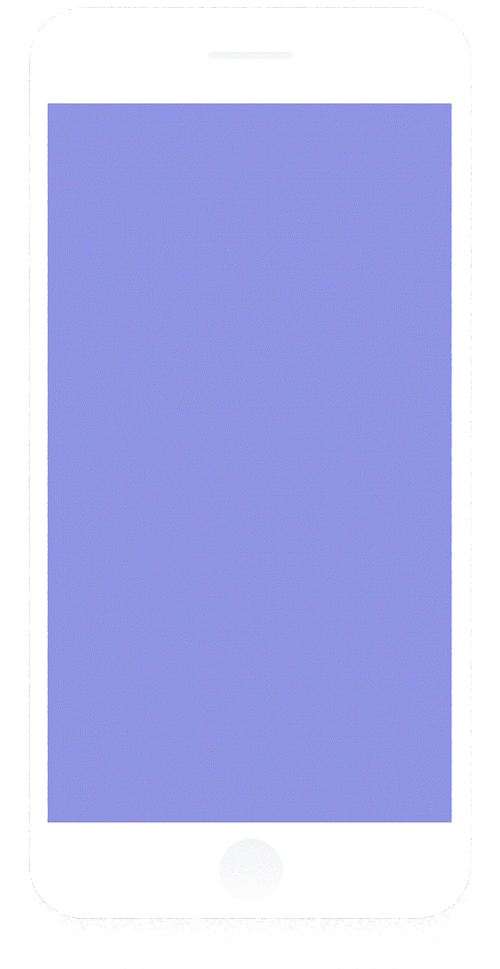
Varying education and digital literacy levels in the lower-income communities Reach52 serve means that people may not fully understand or engage with data privacy or their rights when using Reach52’s services.
Reach52 has a duty of care to help the people who use their services understand their rights around data collection and use, regardless of their education and literacy levels.
How might we...
...gather informed consent from people accounting for varying education and literacy levels?
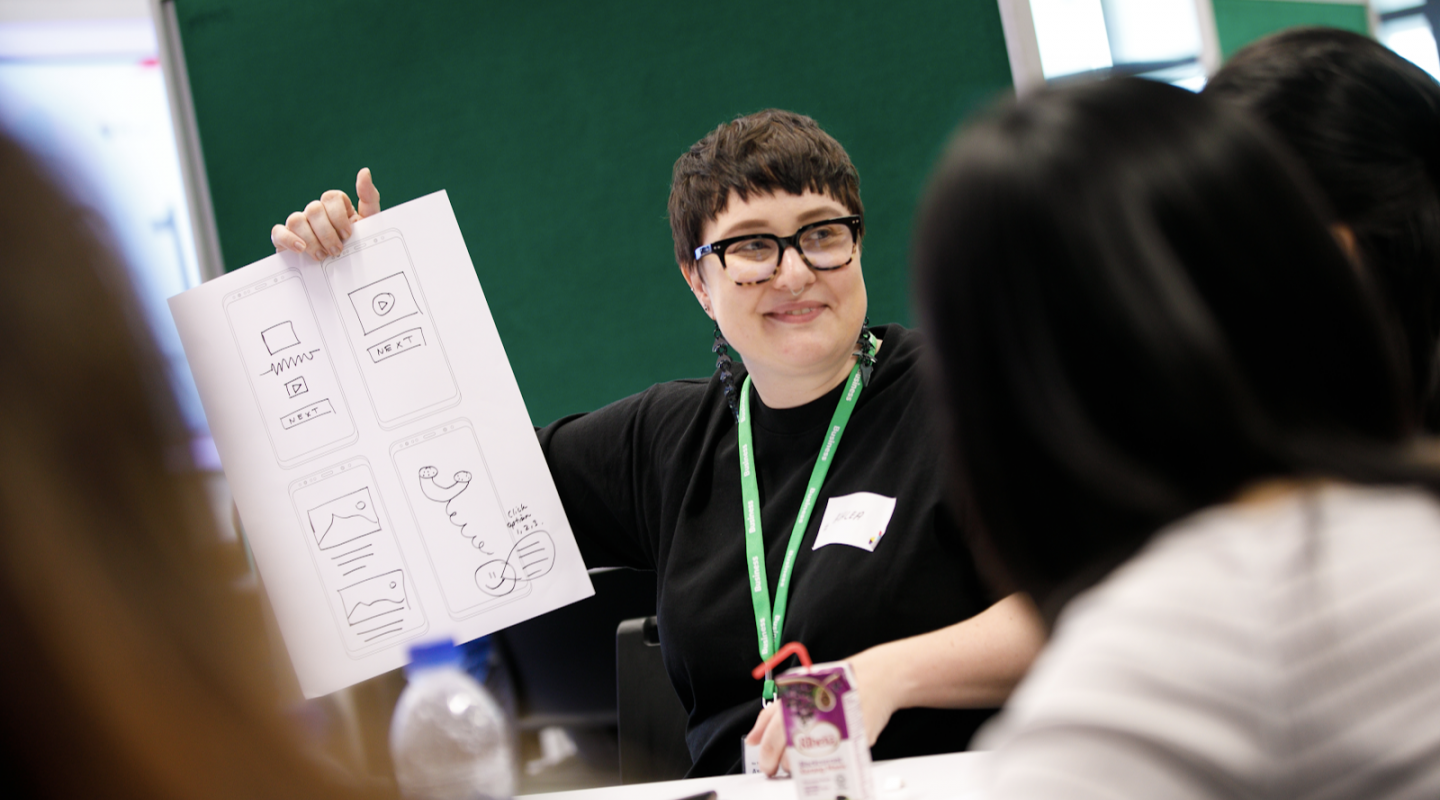
Team Reach52 present initial concept sketches
People’s understanding of their rights around the data an app or service collects on them is pretty loose at the best of times — and that’s before you consider someone’s literacy levels or their familiarity with technology.
This topic might be dry, complex, or overwhelming to an occasional user of technology. To overcome the literacy challenge and present this content in a more engaging way, Reach52 can use simple graphics and animations that compare the rights afforded to someone to different parts of an everyday scenario. For example, the right to be informed, or the right to object.
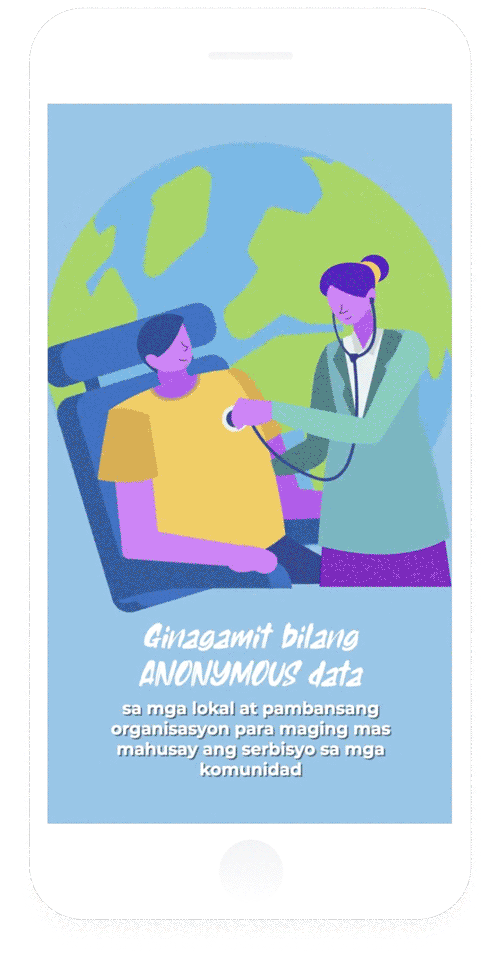
Instead of trying to explain everything at once to people, we can break our explanation down into bite-size pieces:
An explanation at a basic level of what data is; A step-by-step explanation of your rights; A topline explanation of the document governing these rights — in this case, the Philippines' Data Privacy Act.
This allows someone using the app to work through this information at their own pace, perhaps in conjunction with a face-to-face conversation with an Reach52 fieldworker.
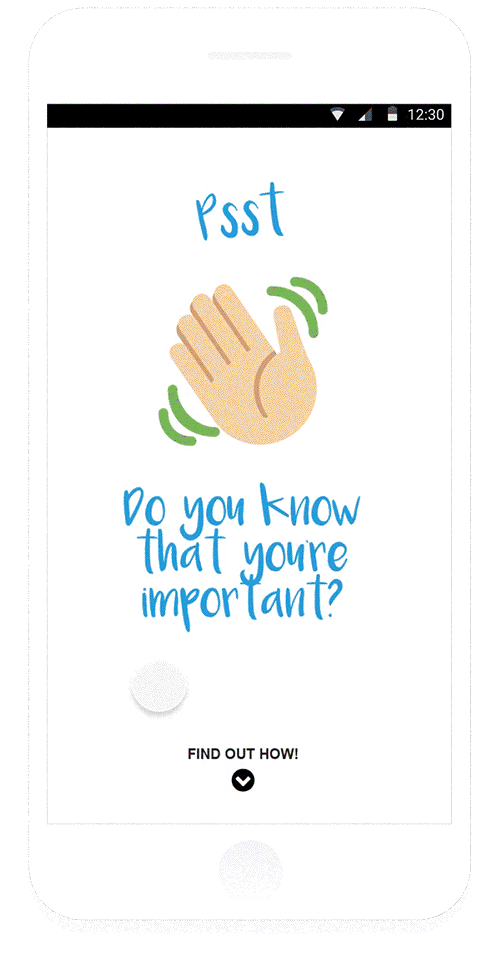
Considering literacy levels, building a scalable, flexible support system around explaining rights and terms is a challenge. How could we offer extra help or assistance to a user with additional questions in a context like this?
Taking a general view, there’s an opportunity here to build out a framework or set of principles for visual explanations of rights and terms. If adaptable to different products, markets, and regulations, such an approach could benefit everyone who uses digital services.
How might we build on these ideas to establish a framework for visual explanations and consent that is useful in other contexts?
